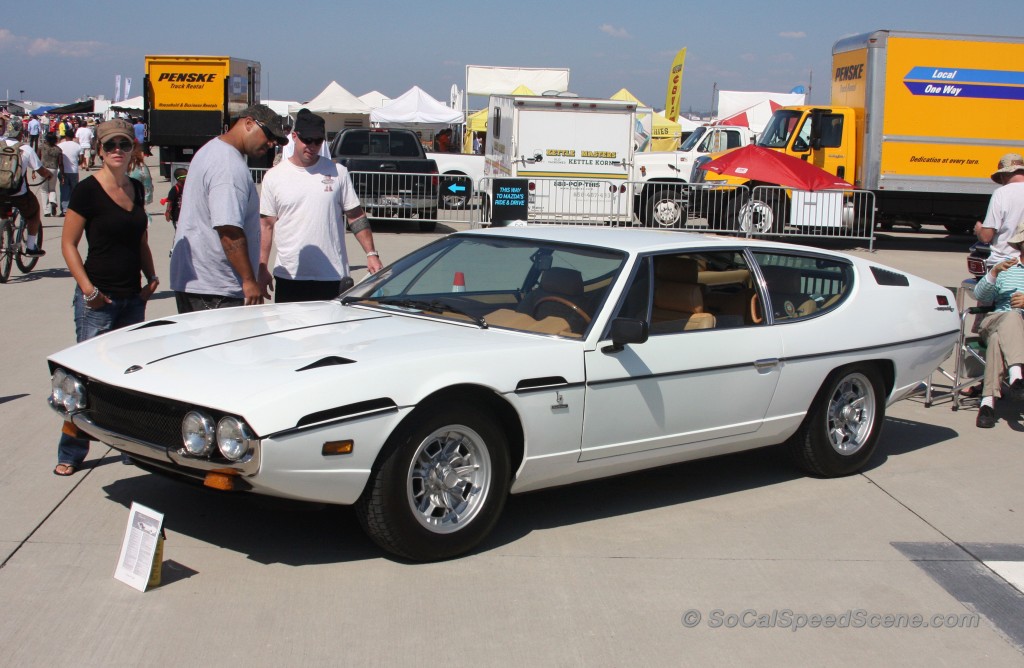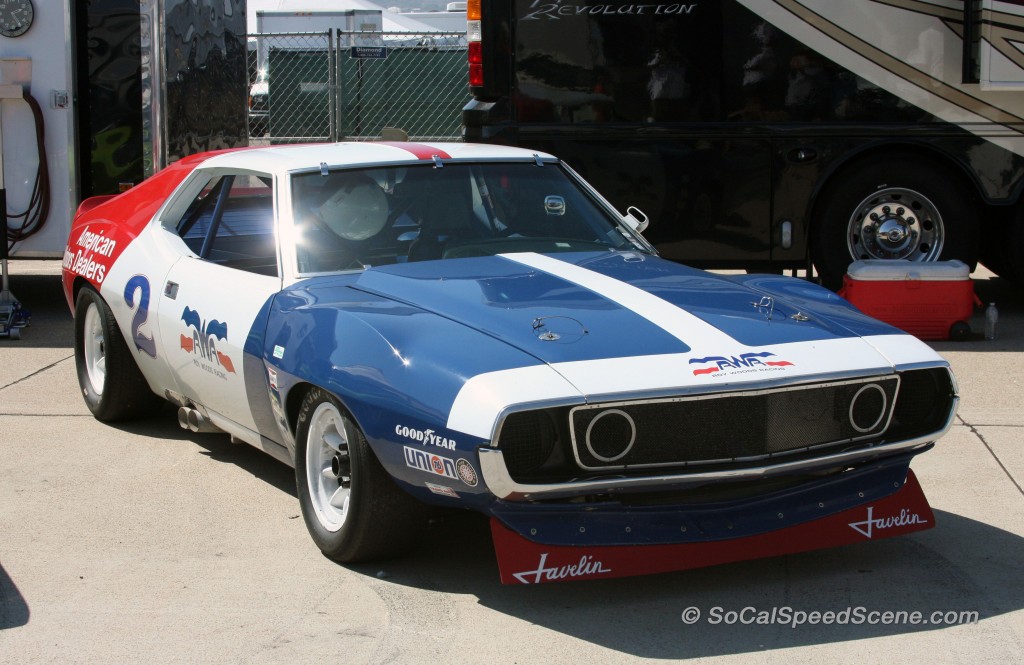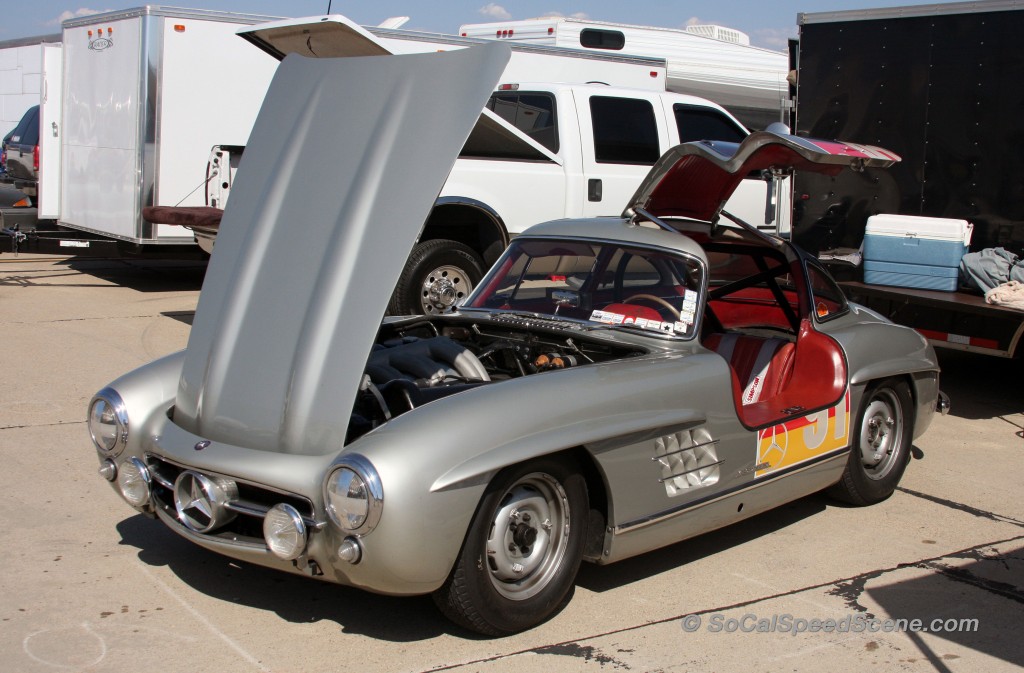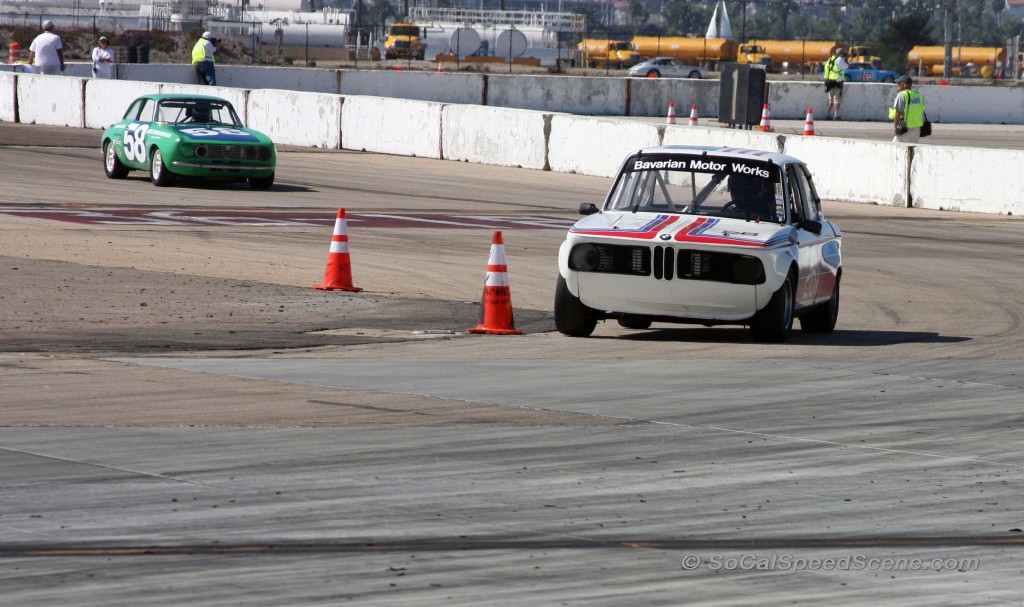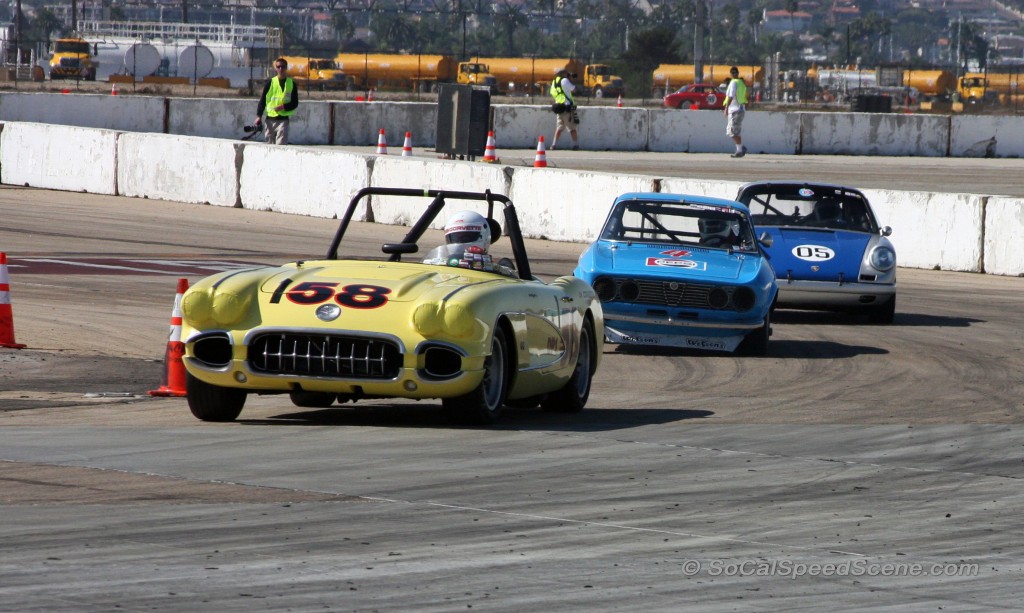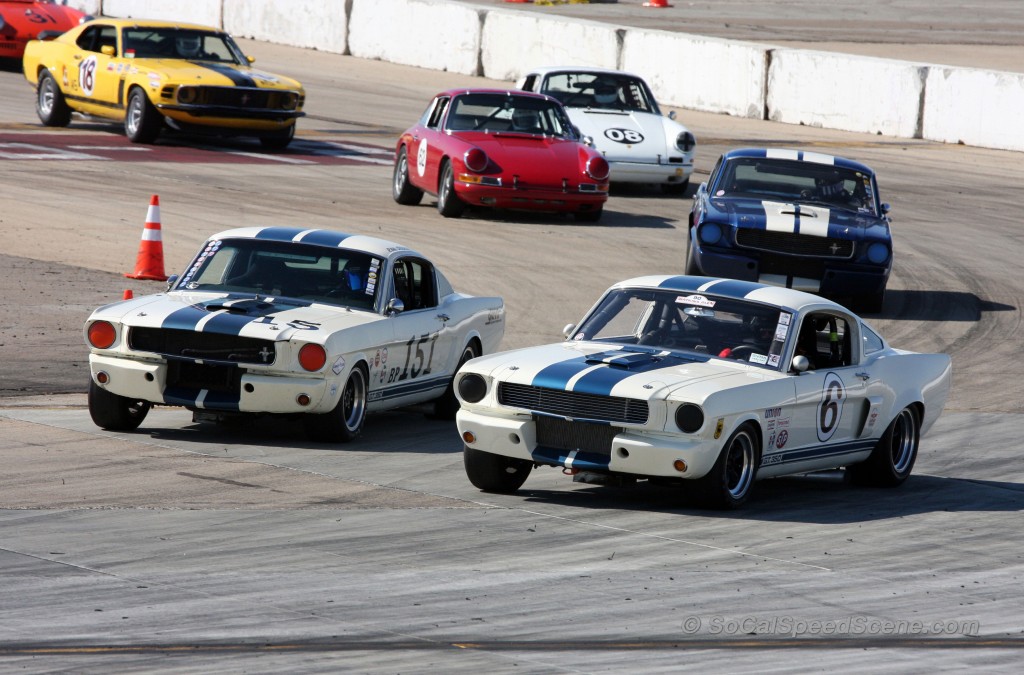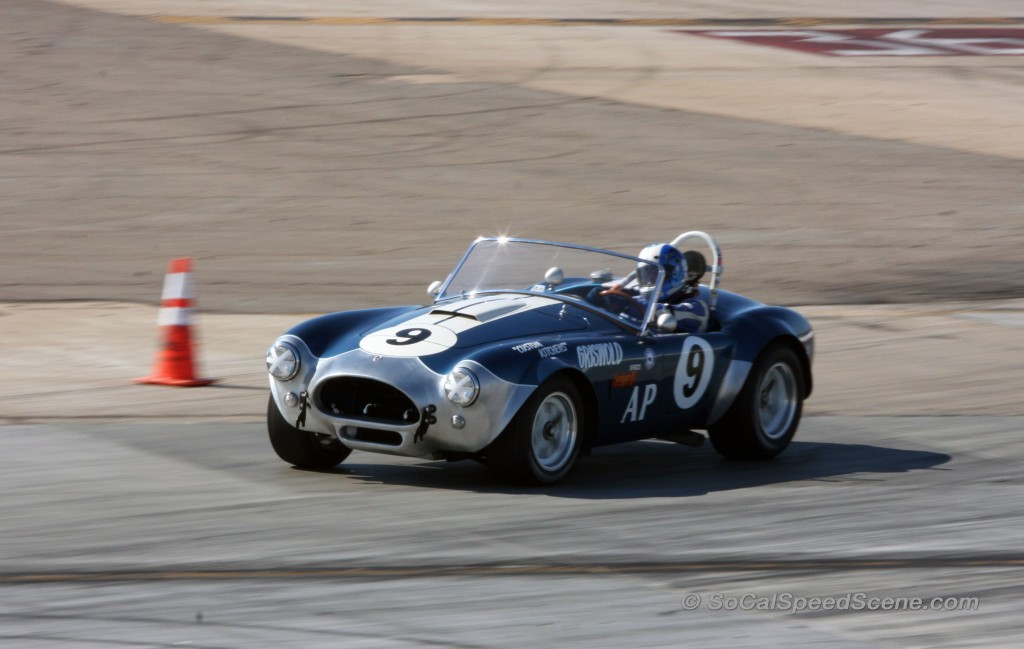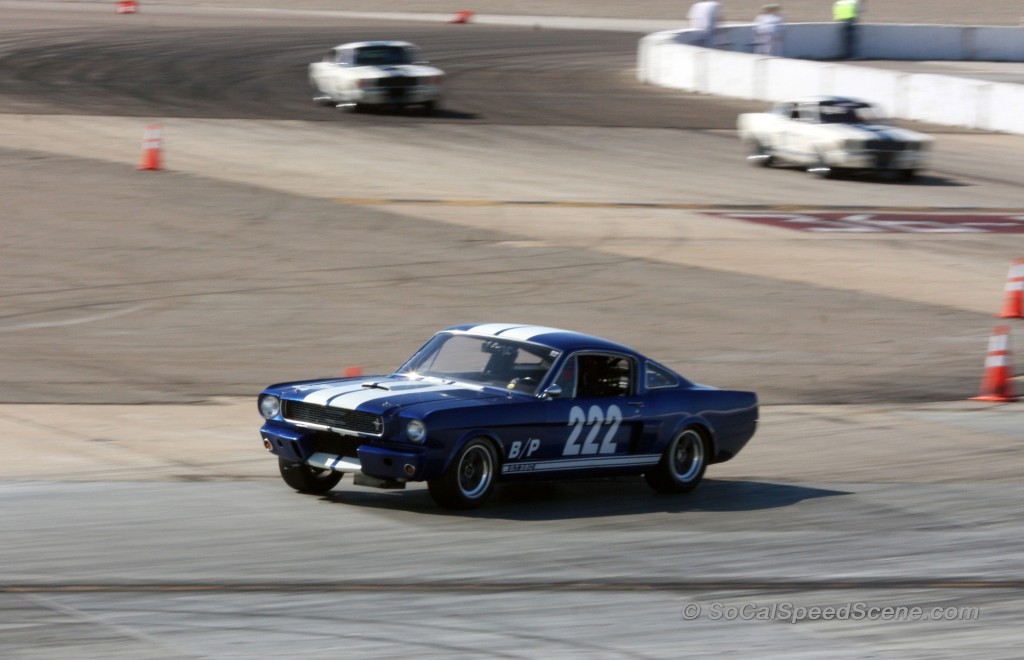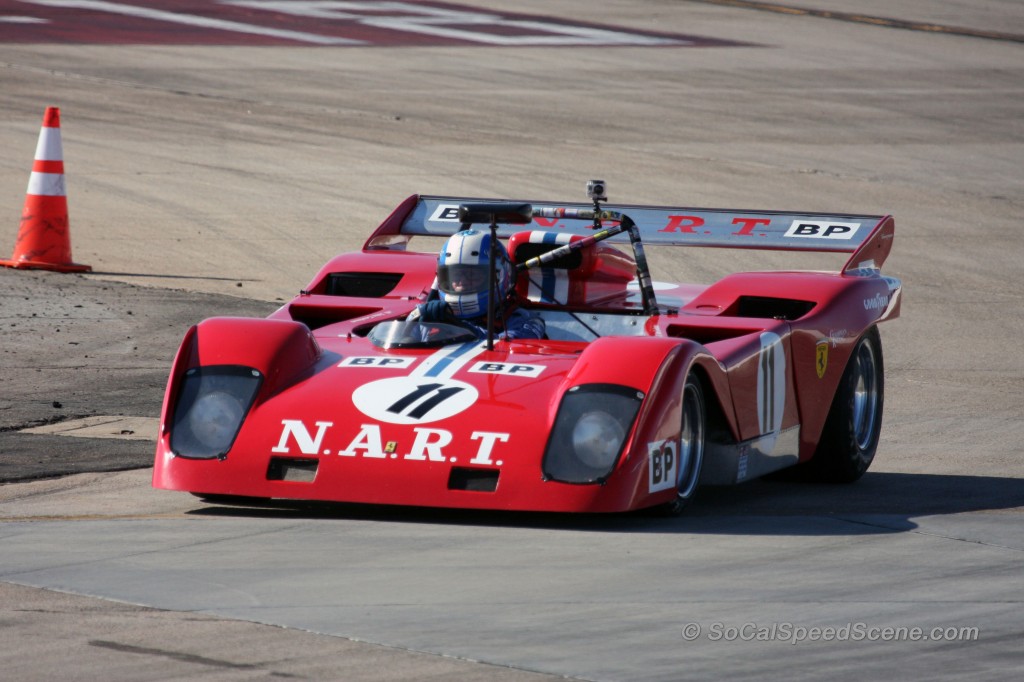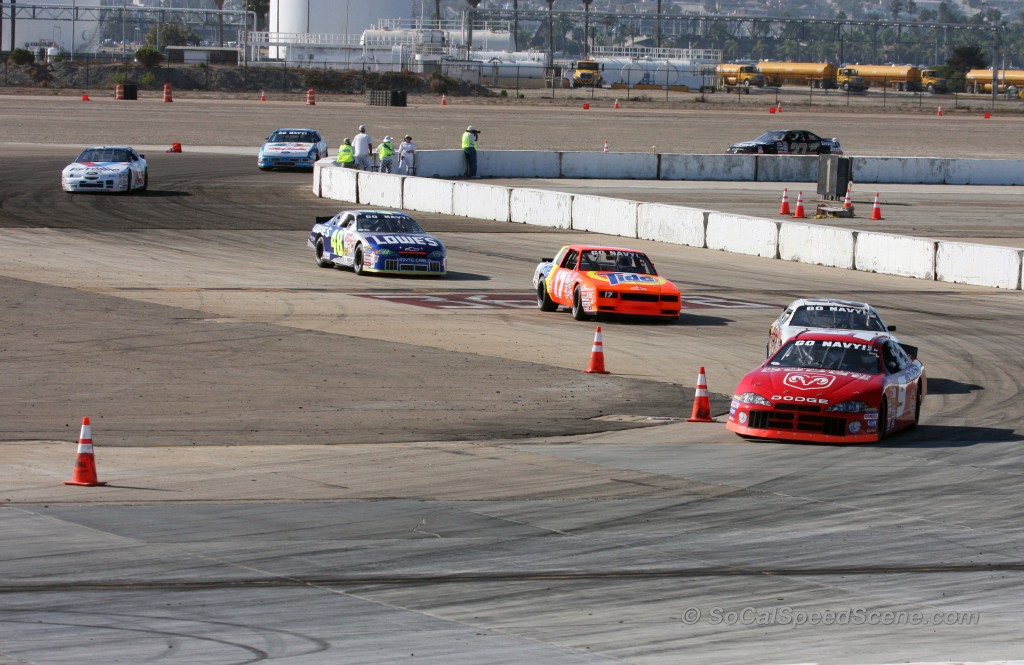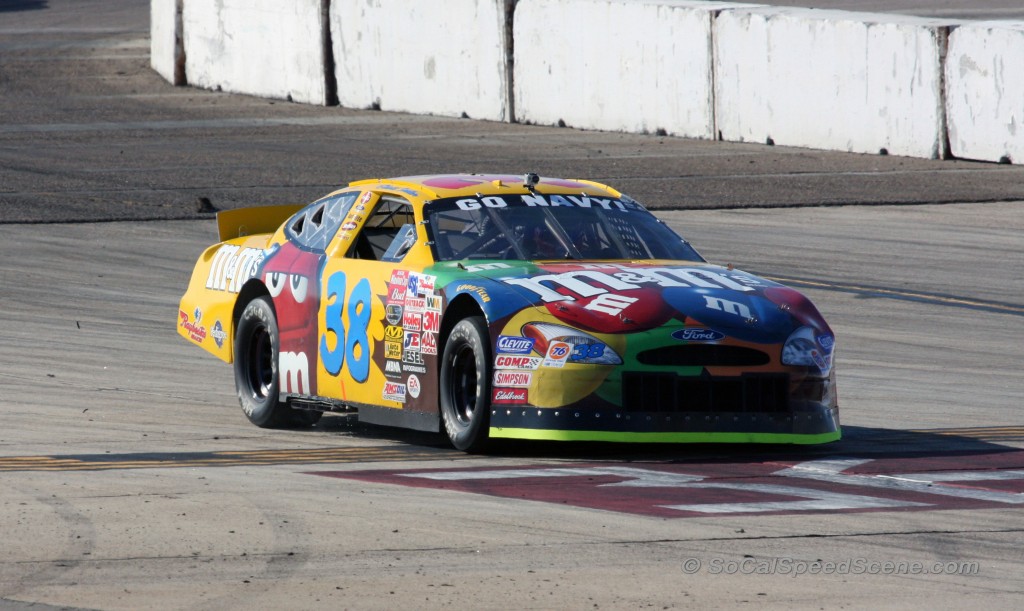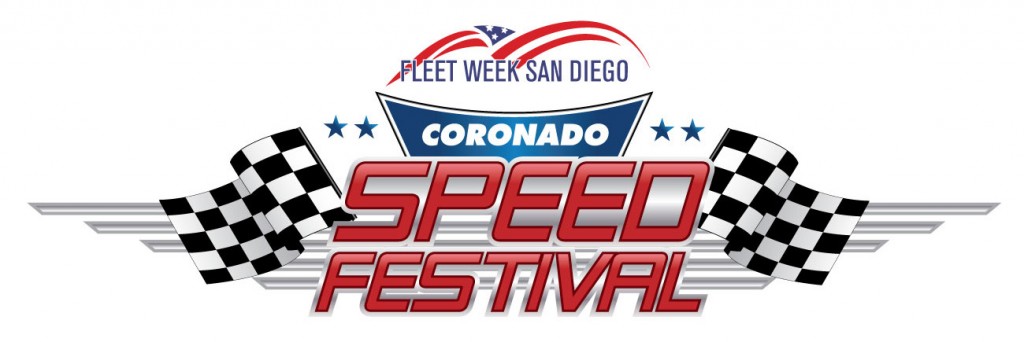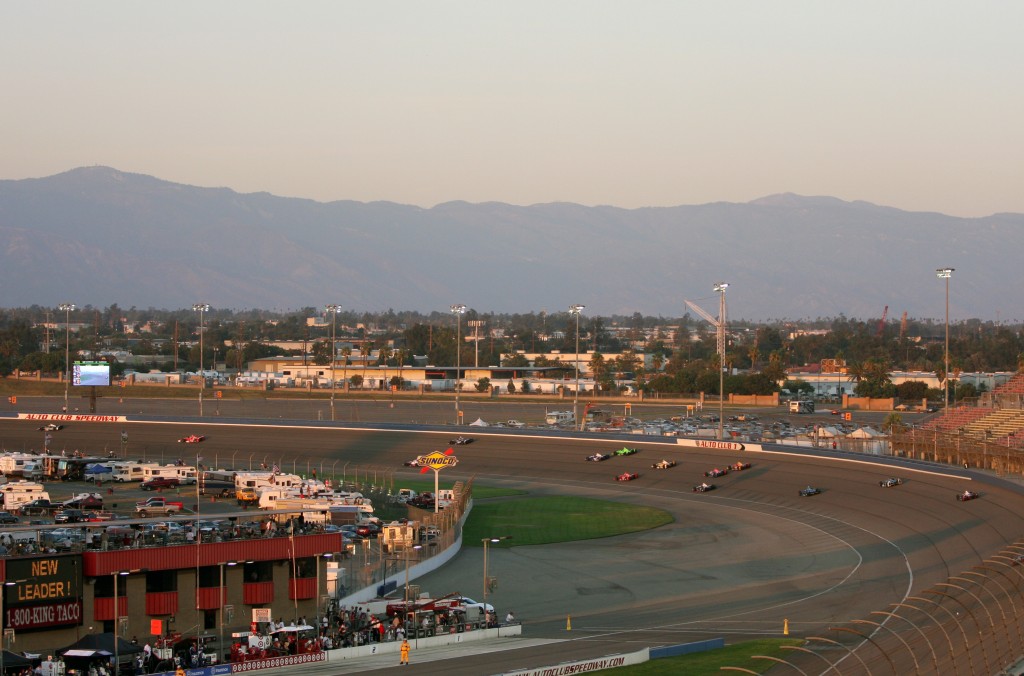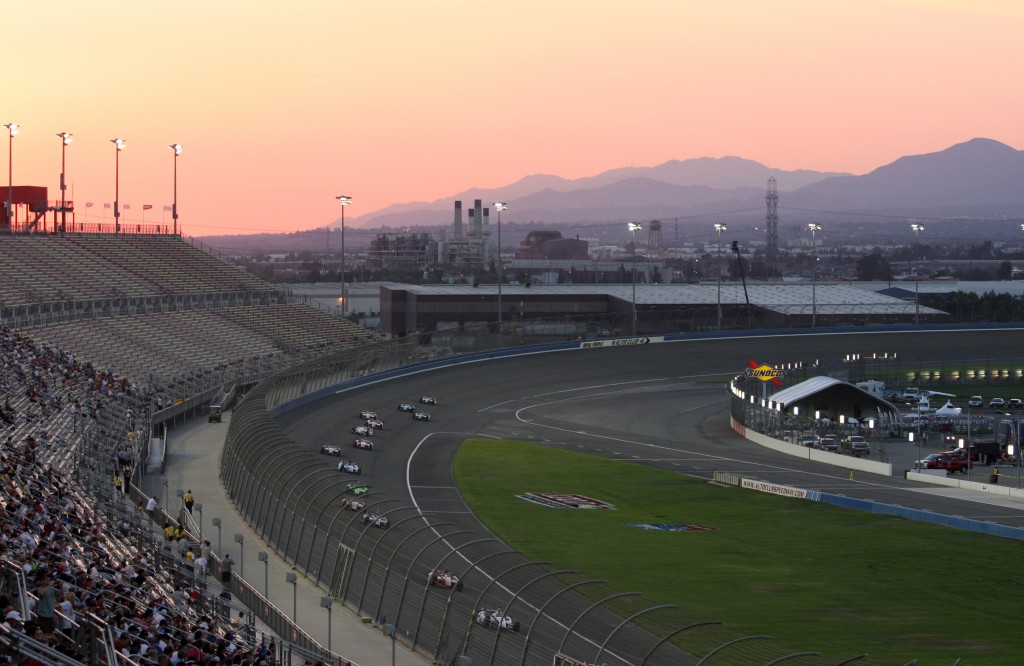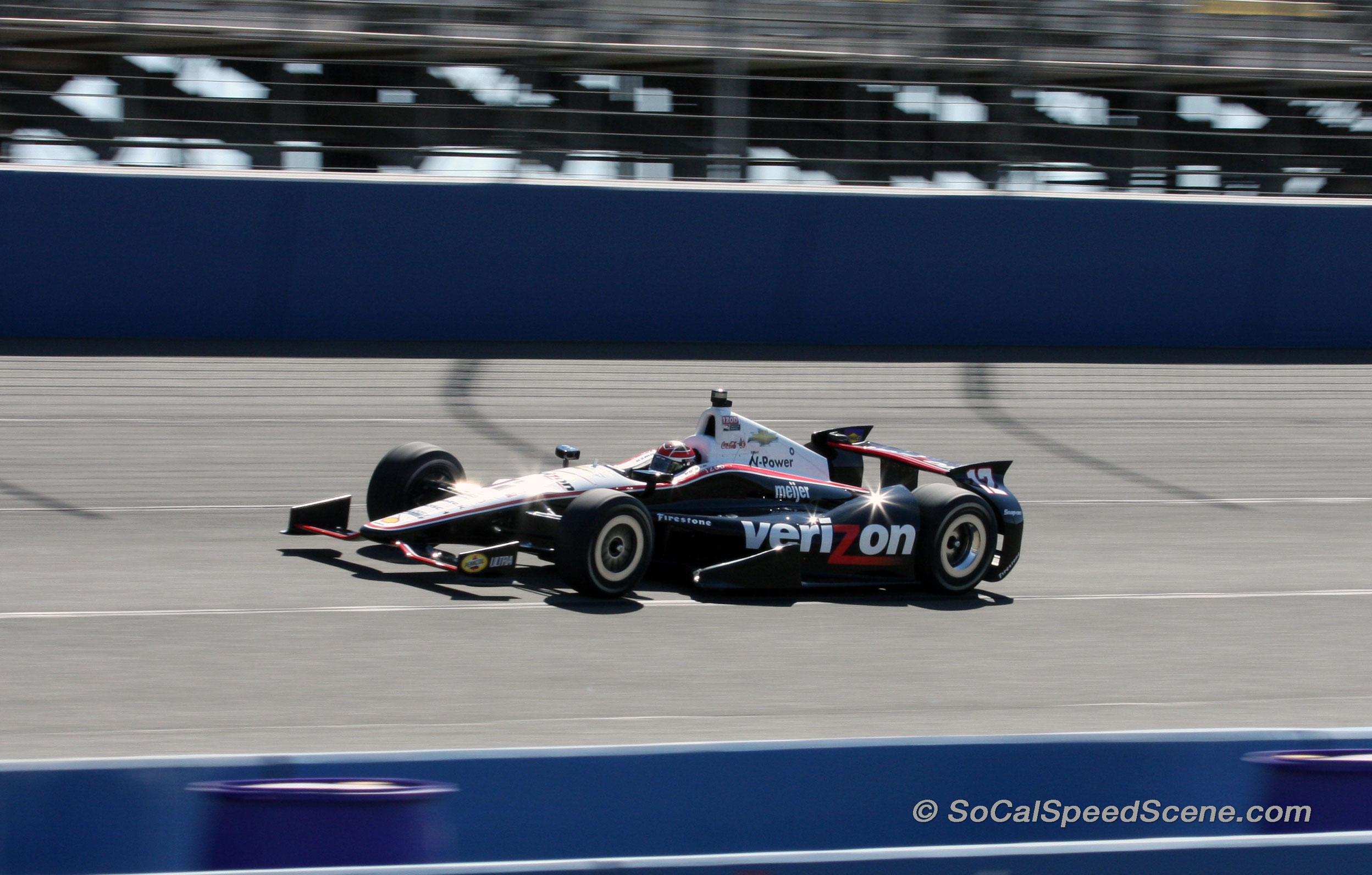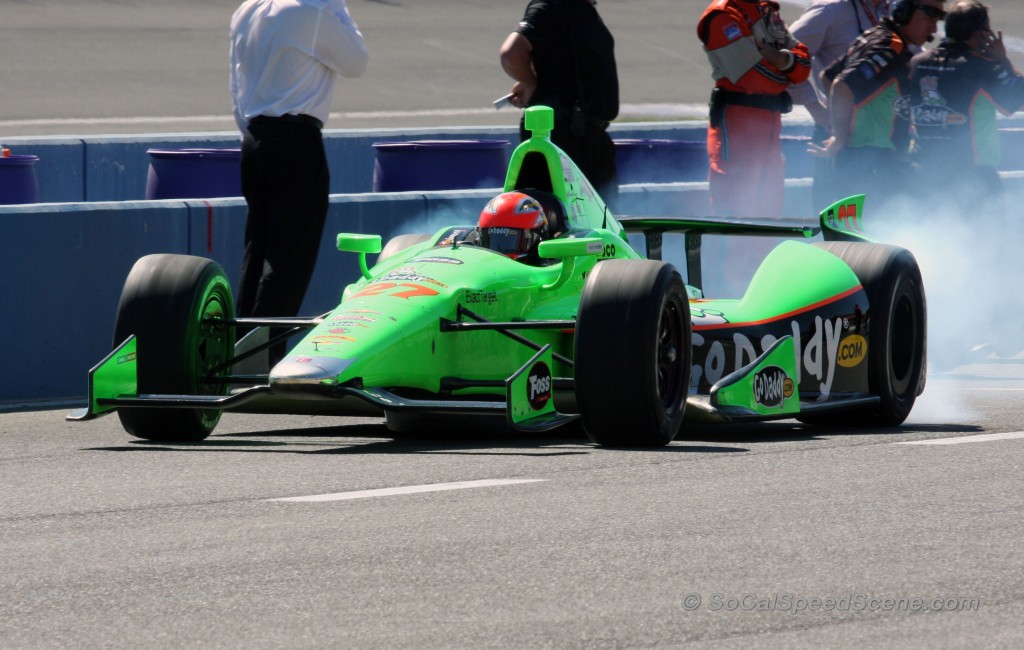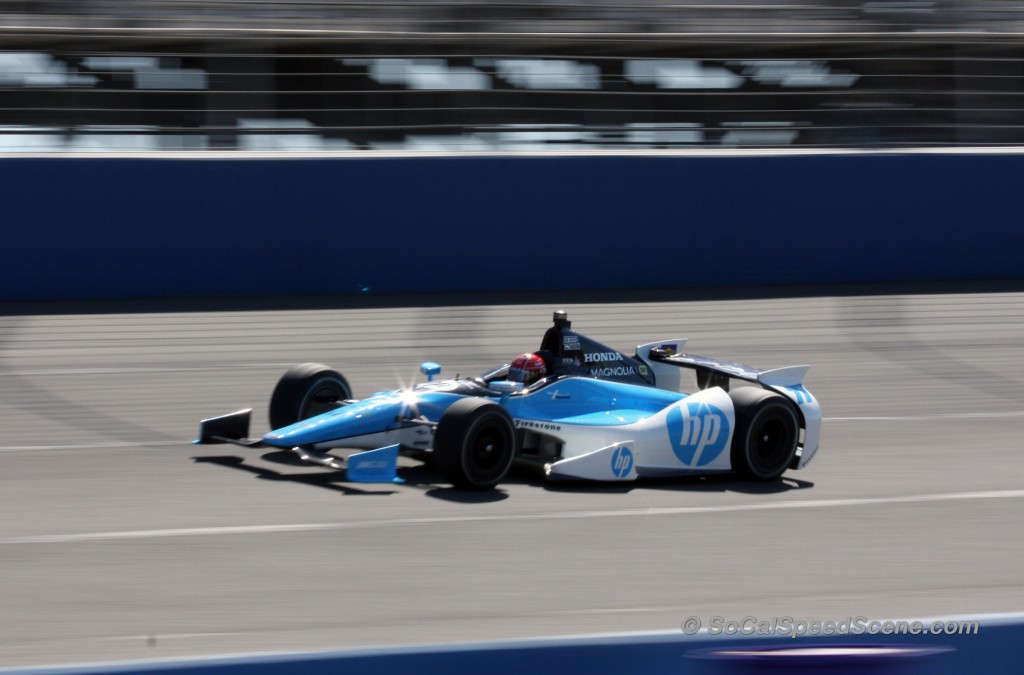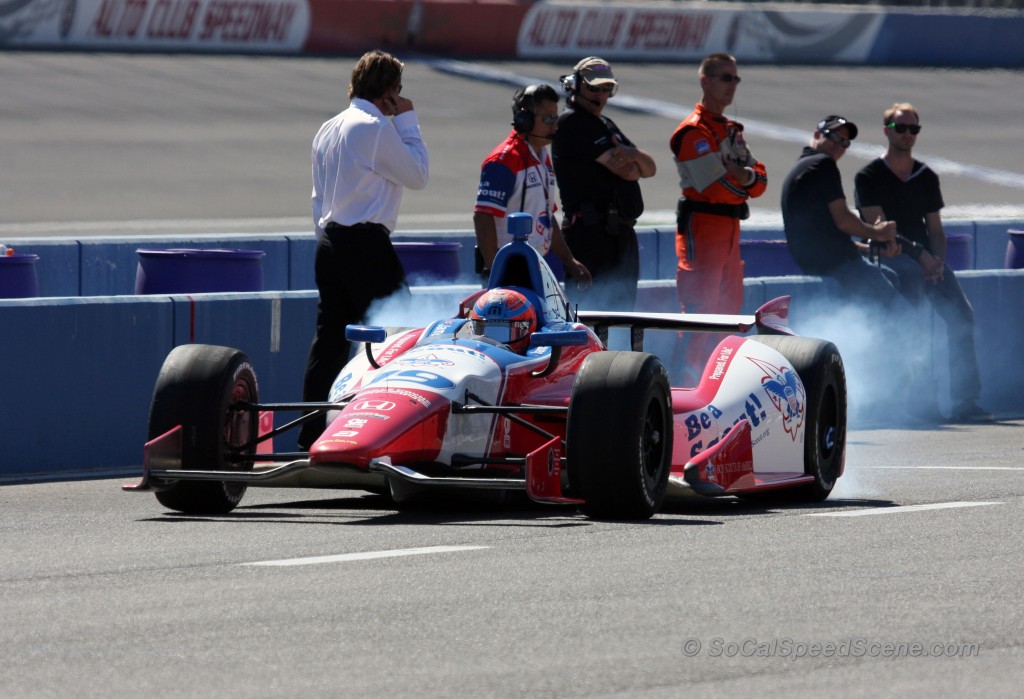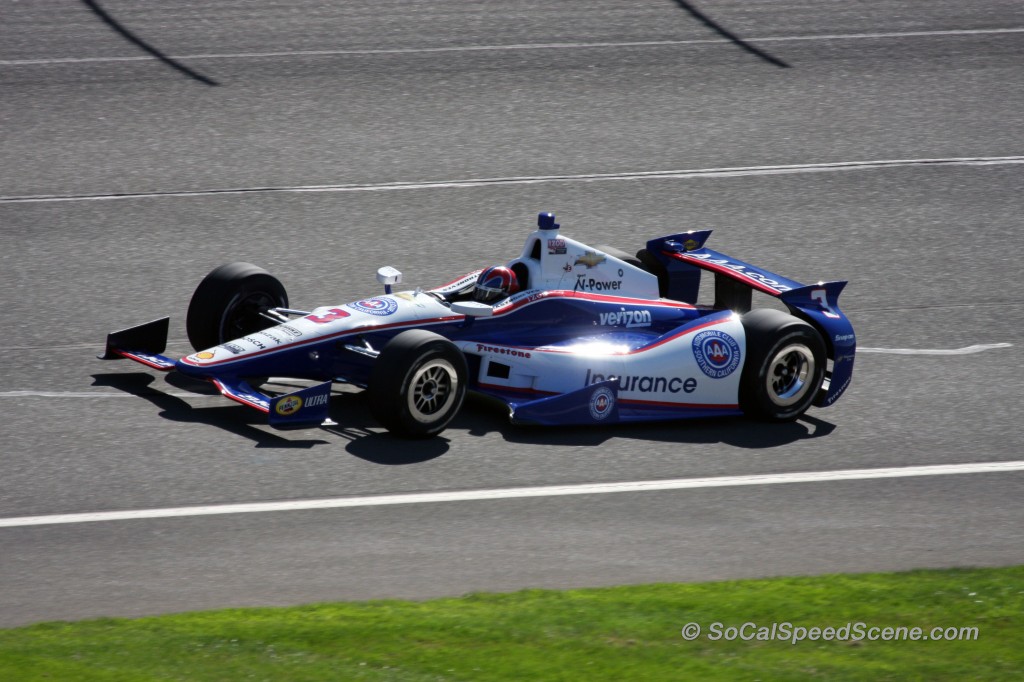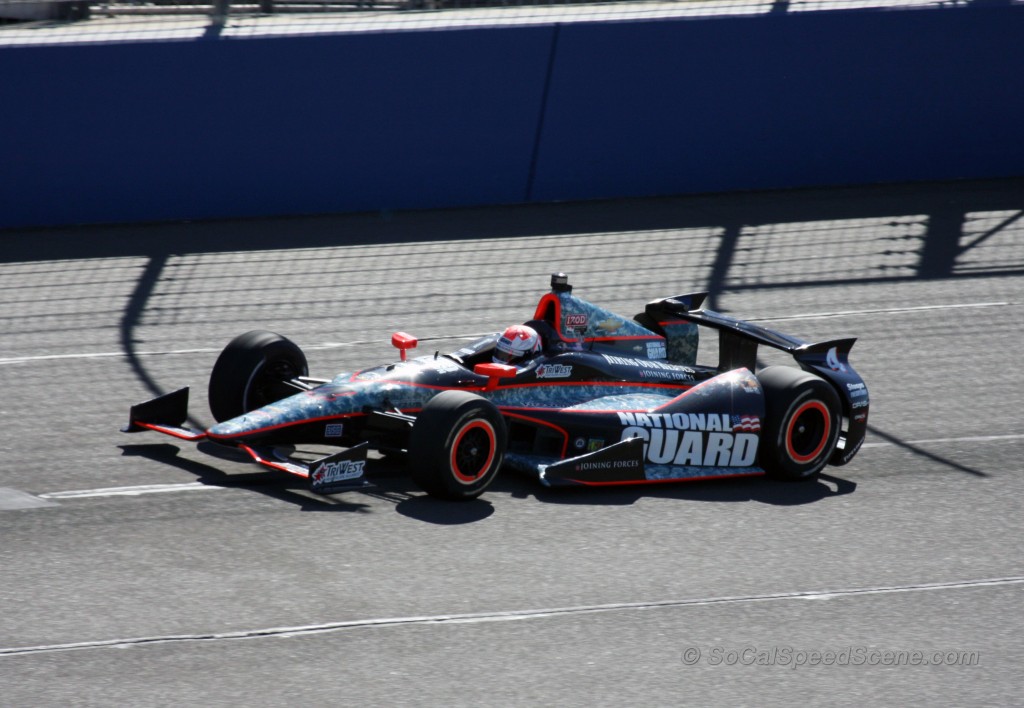ALMS founder Don Panoz and Grand-Am founder Jim France this week announced a definitive, historic ALMS & Grand-Am merger. The two series will run independently in 2013 and will merge in 2014. This will be the first unified sports car series in the US since the original IMSA (International Motor Sports Association) disintegrated in the late 1990s giving way to the American Le Mans Series (ALMS) and Grand-Am.
Roots of ALMS & Grand-Am
Trouble had been brewing in sports car racing in the US since the late 1980s when original IMSA founder, John Bishop, sold the series and sanctioning body. Infighting, politics, and a series of ownership changes led to the demise of the original IMSA, which by then was named PSCR (Professional Sports Car Racing). In 1998, the USRRC (United States Road Racing Championship) was created with support from the SCCA (Sports Car Club of America) as an alternative to the weakened IMSA. Interestingly, SCCA has strongly protested the original formation of IMSA back in 1969 – I guess bad blood runs long and deep! The USRRC failed, but was revived at the end of 1999 with the support of NASCAR and the France family as the Grand American Road Racing Association – what’s now known as Grand-Am. Meanwhile in 1998, Dan Panoz, dissatisfied with the USRRC, formed a partnership with the ACO (Automobile Club de L’Ouest), the sanctioning body of the 24 Hours of Le Mans, to run a race called Petit Le Mans at Road Atlanta under PSCR sanctioning. In 1999, Panoz renamed his series ALMS, and in 2001 he purchased the remaining assets of PSCR and renamed the sanctioning body IMSA.
ALMS & Grand-Am Since 1999
Over the last 13 years, ALMS and Grand-AM have evolved in separate ways. ALMS has run to ACO rules with many teams participating in both the ALMS and the 24 Hours of Le Mans. The series has been known for technical innovation and environmental awareness. In partnership with Michelin, they have created the Green X Challenge, which measures factors such as emissions, speed, and fuel economy. Their efforts have been recognized but the EPA. ALMS also has attracted European teams to their major endurance races at Sebring and Petit Le Mans. This year, Sebring was run in conjunction with the FIA sanctioned World Endurance Challenge.
Grand-Am has focused on less costly formulae such as the Daytona Prototype class, named for its classic endurance race, the Rolex 24 at Daytona. The GT class in Grand-Am has also incorporated more American and Japanese manufacturers such as Chevrolet, Pontiac, and Mazda, and less advanced versions of European manufacturers such as Porsche and BMW.
ALMS & Grand-Am: The Merger
So what now? What now is that over the next year and a little bit, the two series have to sort out the class and rule structure, sanctioning, management structure, venues, schedule, and TV contracts. Generally, the response to the announcement has been positive as can been seen on Autoweek, SpeedTV, & Bleacher Report. An interesting angle on a class structure and schedule was proposed by Brad Brownell at 9 Magazine. The ALMS & Grand-Am merger is also covered in detail in a lively discussion in Episode 33 of the Radiolemans.com Midweek Motorsport podcast.
I have to believe that our beloved Long Beach event will be retained with the merged entity. If the ALMS & Grand-Am merger is handled well, it could be the best thing to happen to sports car racing in the US in over a decade. As an example, it’s no doubt that the current IndyCar is better than the old IRL and Champ car series at the time of their merger. Handled poorly… Well, let’s just hope that doesn’t happen!

